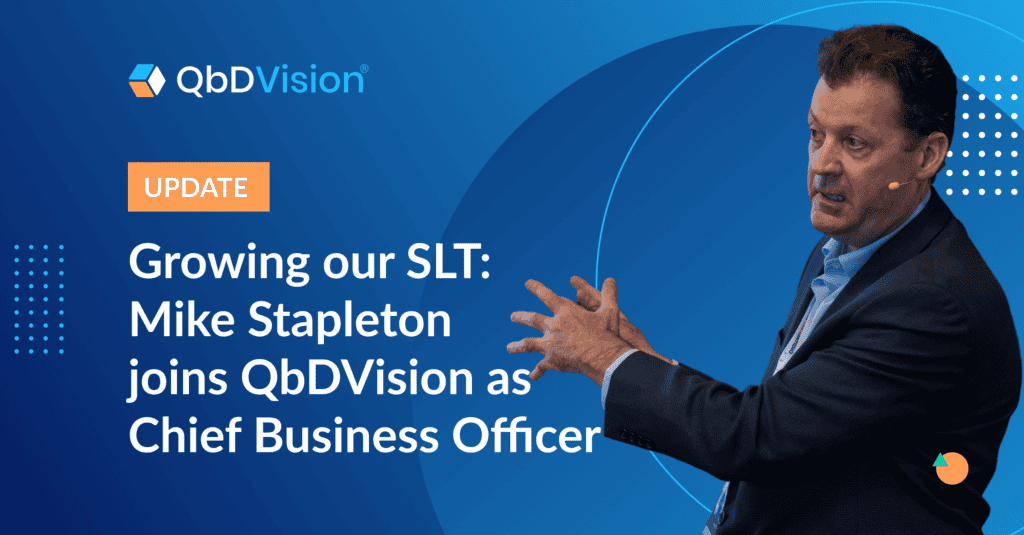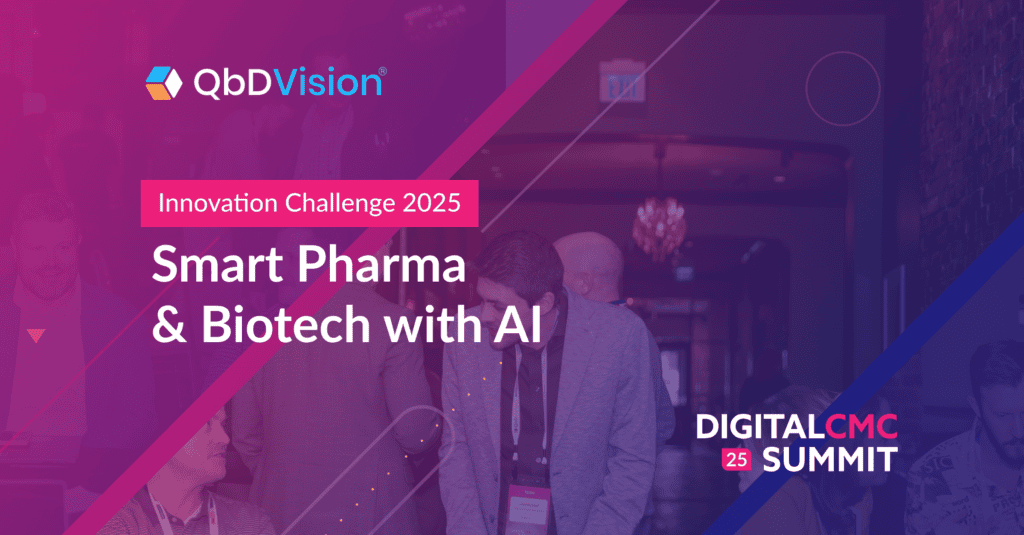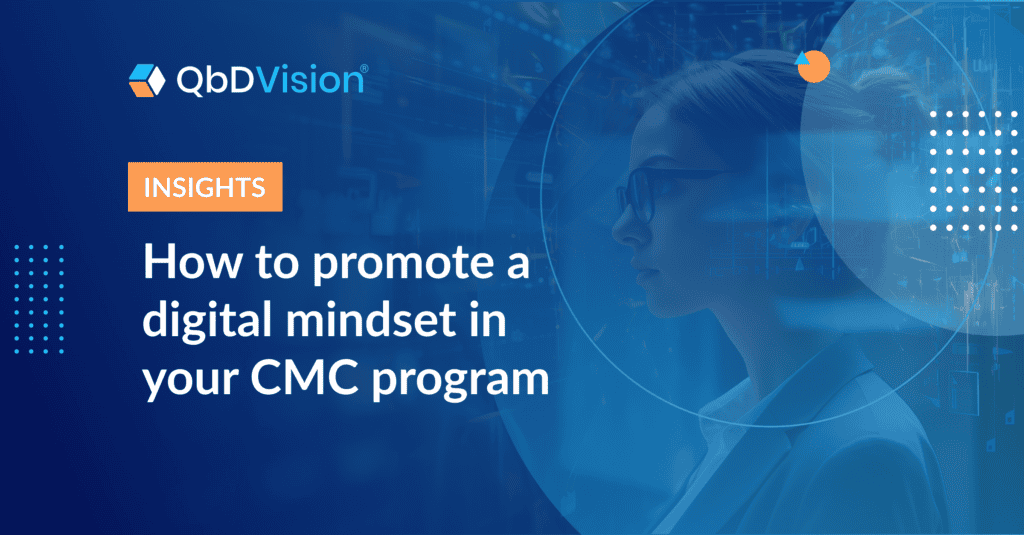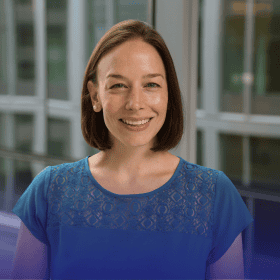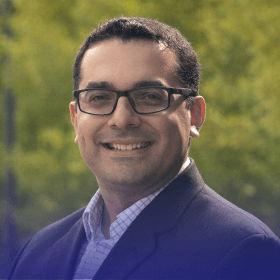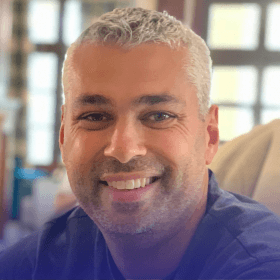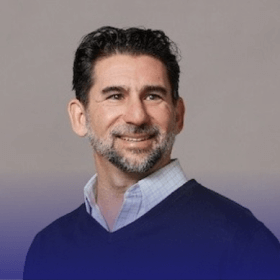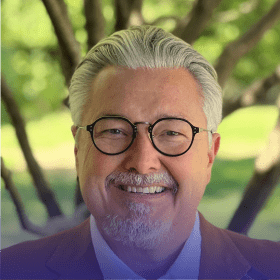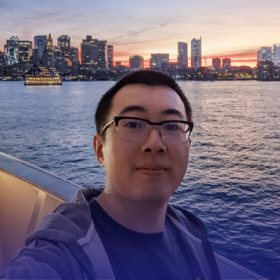From Brainstorm to Breakthrough: Inside the 2025 Digital CMC Innovation Challenge
By the last day of this year’s Digital CMC Summit, the energy in the room was already electric when industry pioneers, AI experts, and biotech professionals gathered for one of the meeting’s most exciting moments. After 3 days of world-class content, it was time for some hands-on, shoulder-to-shoulder innovation.
This year’s challenge? To explore how drug developers can harness the power of AI to tackle some of the industry’s most pressing inefficiencies and roadblocks—and come up with some breakthrough applications in just three hours.
Some big ideas were set to emerge and even bigger things were ready to unfold. And the results did NOT disappoint.
Turning curiosity into captivating use cases
For the first three days of the Digital CMC Summit, AI had already been the headline act. Speaker after speaker shared insights on generative, predictive, and algorithmic models with transformative potential for drug development—from accelerating discovery to optimizing regulatory workflows, and revolutionizing manufacturing processes. The possibilities seemed endless.
But one theme emerged time and again: today, AI is no longer just a solution for tomorrow’s challenges. It’s already transforming today’s workflows. And yet, as several speakers pointed out, AI’s growing presence has exposed a critical gap—between the industry’s awareness of AI’s capabilities and its understanding of how those capabilities can already be applied.
This year’s Innovation Challenge asked participants to step up, explore how the industry can close that gap, and show how AI can actively shape and improve today’s drug development workflows. The goal: Ideate new ways the industry can make the leap from awareness to application, and start unlocking even more powerful ways to apply AI.
People are very interested in AI, but don't really know how it works or what it can be used for. There is a sense that AI solves problems not yet solved. And that is no longer true.
Yash Sabharwal , CEO, QbDVision
So long, hype and promises. Hello, practical applications.
For three hours, four teams dug deep into how to bridge the gap between AI’s rapidly evolving potential and real, tangible solutions it can deliver today. The teams got to work fast, using a structured Design Thinking approach to zero in on the problems that mattered most, then brainstorming bold ideas, building out solutions, and finally pitching their concepts.
Diversity of expertise was key, as teams needed to consider multiple perspectives to tackle these challenges. Participants from an industry-spanning array of companies—from Novartis, Eli Lilly & Company, and Takeda Pharmaceuticals, to Accenture, Rockwell Automation, Benchling, Flagship Pioneering, and Generate Biomedicines—all brought unique perspectives to industry-wide challenges.
When diverse teams come together, great things happen. Our most productive time was in the problem definition period. Seeing how a problem idea can impact many parts of the business.
Jack Morel, Senior Product Manager, QbDVision
As the clock ticked, participants did some serious hands-on, rapid-fire collaboration, breaking down complex problems into solvable, AI-powered innovations. In no time, the room filled up with whiteboard sketches, data modeling, and strategic discussions.
And when the final buzzer sounded, the teams faced the moment of truth: presenting their AI-driven solutions to a panel of industry experts.
When it came time to pitch, the teams did NOT hold back.
Each presentation brought fresh thinking and bold ideas to the table—proving that when it comes to AI, there’s no shortage of creative ways to tackle real-world challenges. Every team brought bold ideas and fresh thinking to the table, presenting ambitious concepts to tackle real-world challenges with both innovation and practicality.
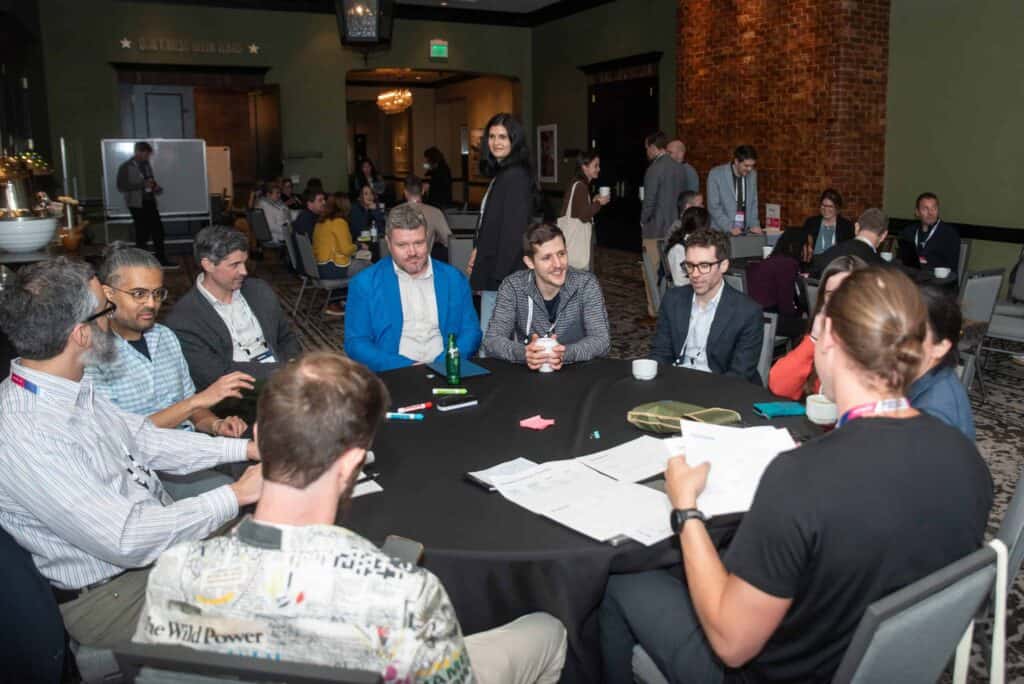
Challenge accepted, challenge crushed: This year’s big ideas
In the end, some ideas shot for the moon, exploring bold, futuristic applications of AI, while others kept their feet firmly on the ground with practical solutions ready to tackle today’s biggest roadblocks—like compliance, training, and operational inefficiencies. The concepts found that sweet spot between ambition and reality, pushing boundaries while staying rooted in what’s possible now.
But one thing was crystal clear across every pitch: AI isn’t some far-off future for pharma. It’s already here, reshaping how the industry works today.
Here’s a look at what all four teams put forward:
The Winners
Compliance Training, TikTok Style
The Problem: Let’s get real. Traditional pharma training is often outdated, compliance-driven, and about as engaging as… well, an average corporate training video. Even worse, employees are often expected to navigate reams of dense documentation with little personalization, and the one-size-fits-all approach leads to low retention and ineffective outcomes.
The Solution: An AI-driven platform that personalizes training based on individual learning styles.
- The AI-powered training system begins by analyzing each employee’s job role, performance history, and prior training engagement.
- Using natural language processing (NLP), it automatically assigns users to latent personas that align with their learning needs.
- From there, the system delivers multimodal training tailored to individual preferences, whether through text-based summaries, interactive video content, or hands-on exercises.
The challenge forced us to think beyond the obvious. Our AI-driven training concept started with compliance but quickly expanded into improving employee engagement at every level. AI is not just about automation—it’s about making learning more human.
Ryan Shillington, Senior Product Manager, QbDVision
For employees unsure of their optimal learning style, the platform could continuously monitor engagement and adjust content delivery in real-time. It could also simplify compliance training by providing easy-to-understand document summaries and highlighting key regulatory changes, allowing users to focus only on what matters most.
A recommendation engine could then further personalize the experience, suggesting training paths based on behavioral engagement and real-time progress tracking. To support ongoing learning, AI-driven learning coordinators could also step in to administer custom lesson plans and provide real-time guidance.
Over time, the system can then adapt to each user, refining its training recommendations to create a dynamic, evolving learning experience that keeps employees continuously upskilled and ahead of compliance requirements.
The Impact: While today’s compliance training in pharma is often rigid and ineffective, this AI-powered solution could change the game. By adapting to individual learning styles and delivering personalized, engaging content, the system can turn mandatory training into meaningful, effective learning experiences—boosting retention, reducing compliance risks, and keeping teams a step ahead.
Team AI Optimization
LLM-Powered RFP Optimization for Seamless Collaboration
While the winning team reimagined training, other teams tackled several other equally pressing challenges drug developers face. Another standout solution: a way to streamline knowledge transfer in the RFP process, a critical pain point in pharmaceutical development. The team behind this idea explored what RFP submissions would look like with a global, interconnected platform.
The Problem: In pharmaceutical development, compliance and knowledge transfer across teams can be painfully slow, inefficient, and error-prone. Miscommunications between sending and receiving sites can cause costly delays and out-of-budget expenditures. Ultimately, this lack of clarity can lead to months of negotiations before the project even kicks off.
The Solution: This AI-powered system first starts by analyzing historical RFPs to learn best practices, pinpoint gaps and missing information before submission, and help users get ahead of potential roadblocks. Building on that learning, the system could match RFPs to ideal sites based on past success. By reducing manual efforts and ensuring consistency, the solution could then accelerate regulatory compliance and tech transfer.
The Impact: With increasing regulatory complexity, automation of compliance workflows could speed up time-to-market by ensuring accurate, efficient RFP submissions and improve collaboration between sponsors, CDMOs, and internal teams so teams can hit the ground running.
Team EchoBuild
The Future of Bioprocessing
A third team took a very different approach: introducing EchoBuild, CMC program’s partner in digital transformation for the biopharmaceutical industry. By harnessing AI to deliver real-time data insights that could revolutionize decision-making in drug development, their solution applied AI to the pain points in process validation.
The Problem: Clinical trial data is often scattered, making it difficult for teams to track trial progress and regulatory adherence. Traditional process validation methods are slow, costly, and full of guesswork. These clunky mechanisms lead to delays, financial losses, and compliance risks.
The Solution: This AI-powered Digital Twin provides real-time insights into clinical trials, regulatory requirements, and manufacturing processes. The tool could simulate Process Performance Qualification (PPQ) batches, before they’re executed. Using predictive analytics and algorithmic modeling, the platform could integrate data streams to deliver clear, actionable intelligence for decision-makers.
The Impact: Faster, smarter decision-making in drug development, which could mean shorter trial timelines, cost savings, and better compliance outcomes to revolutionize pharmaceutical manufacturing.
Team AI-Education
AI-Driven Custom Learning Experiences
Great minds think alike! Our fourth team also focused on reinventing workforce training, suggesting an intelligence platform that takes traditional education and turns it on its head.
The Problem: Most corporate learning programs are designed for scale, not specificity. Employees are often tasked with completing courses irrelevant or misaligned to their roles, leading to disengagement, low retention, and inefficient In highly regulated industries like CMC. in the end, it isn’t just a drain on employees: it’s a business risk for durg development organizations.
The Solution: The AI-powered platform could build custom and personalized training modules using machine learning algorithms trained on both historically successful training programs and users’ learning behaviors. This approach could enable the system to not only understand users’ unique learning styles and adapt content types and formats accordingly, but also deliver real-time feedback to continuously improve the training protocols.
The Impact: With AI, the future of CMC knowledge sharing could be customized, continuous, and compelling. Employees would be more engaged, retain more information, and be more likely to apply their learning to on-the-job scenarios. For employers, less time (and money!) would be wasted on generic or redundant training programs.
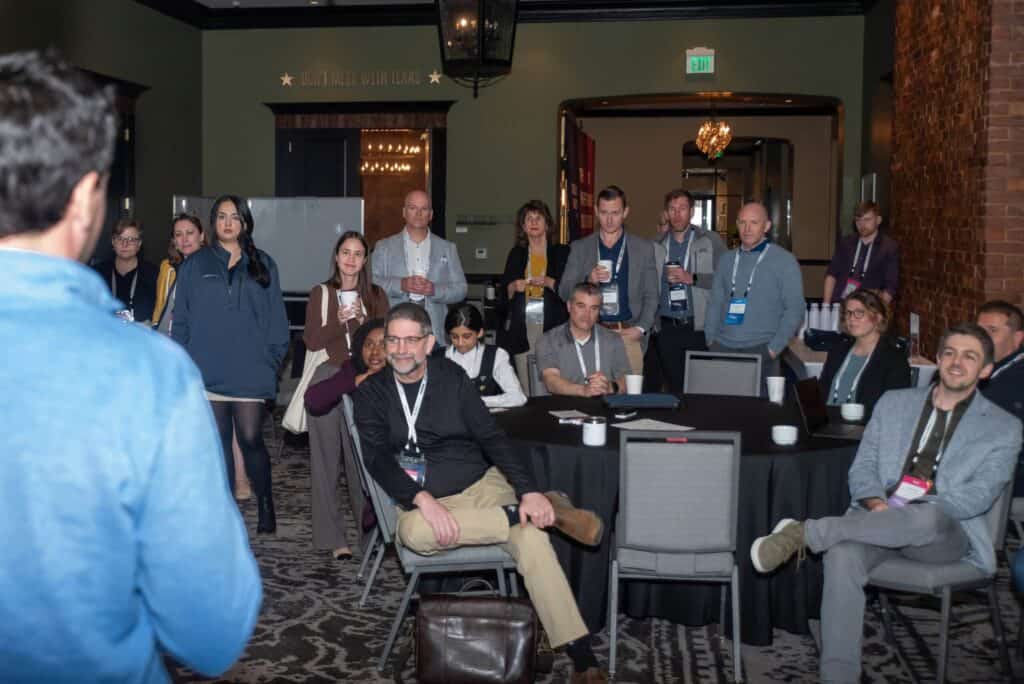
And that was just three hours. Imagine what’s coming next year.
Once again, the Innovation Challenge proved that groundbreaking ideas can emerge in no time flat—but as we heard throughout the Summit, turning these ideas into reality requires investment, expertise, and collaboration. While AI can spark innovation, real progress happens when organizations, regulators, and industry groups break out of their silos and start working together—exactly the way they are in the newly announced Project Artemis.
The Innovation Challenge 2025 was an incredible experience! Everyone who knows me knows that I am absolutely in love with hackathons and ideathons—I truly believe that great achievements happen through collaboration. In just three hours, we developed four amazing ideas and full business strategies for them. Can you imagine what could be accomplished in a month?
Patrick Riordan, Content Marketing Manager, QbDVision
As several judges observed, innovation doesn’t end when the challenge concludes. Concepts like the ones that emerged at the Innovation Challenge have the potential to redefine how the industry approaches AI-driven solutions—if our industry can bring together all the skills, disciplines, and stakeholders needed to make what’s next possible
And as Yash observed in closing the Challenge, the call is clear: invest in talent, embrace new technologies, and drive these ideas to impact. From tackling regulatory hurdles to transforming workforce training, the Innovation Challenge 2025 proved that AI-driven solutions are ideas no longer. They’re the future of pharma and biotech.
Let’s go make it happen.
Ready to help us shape the AI-powered future of CMC?
Reach out any time to learn more about the Digital CMC movement and how we’re advancing it.


